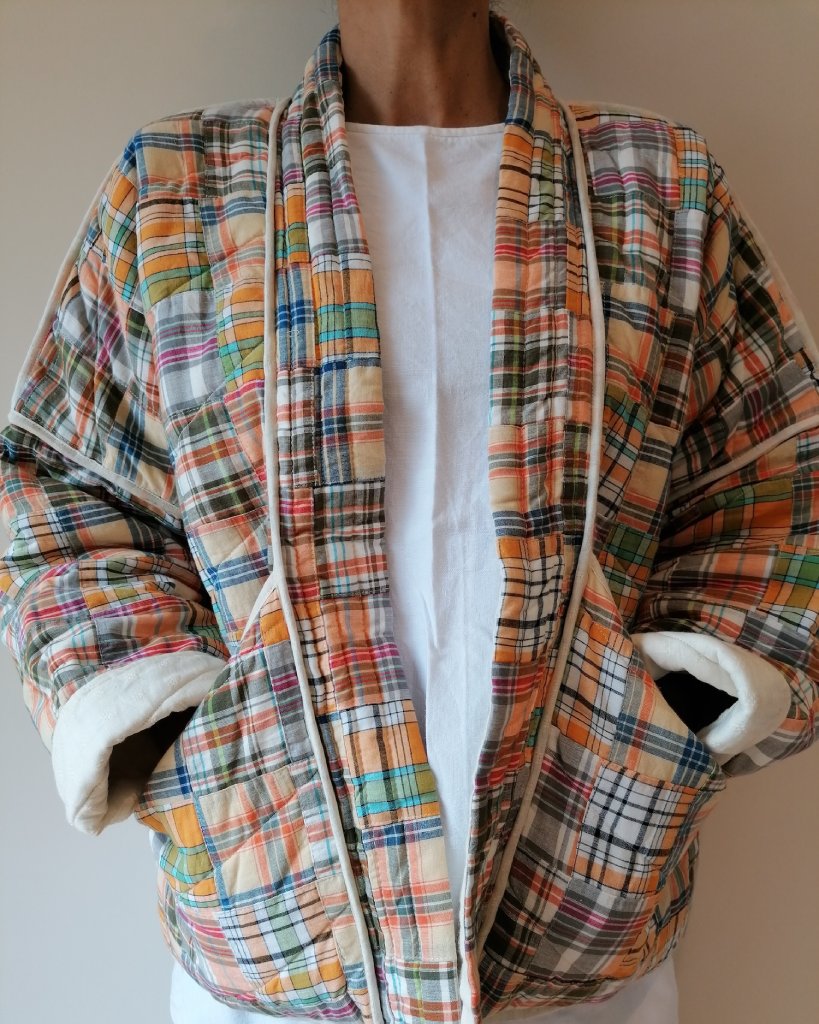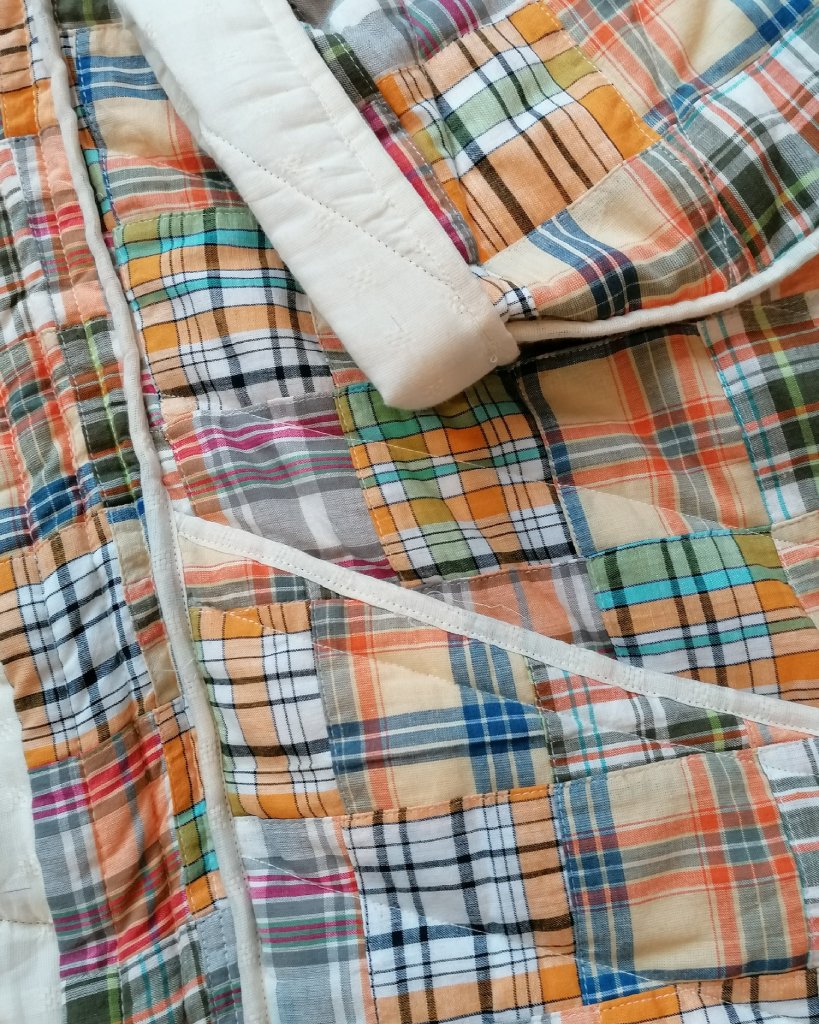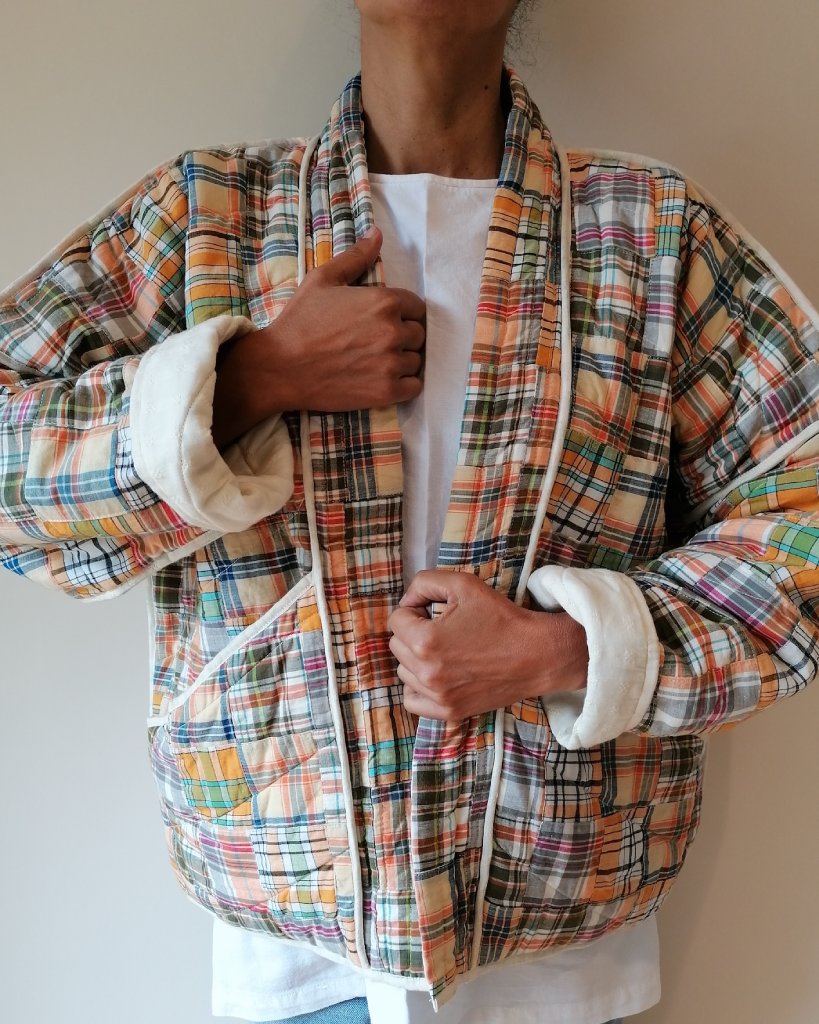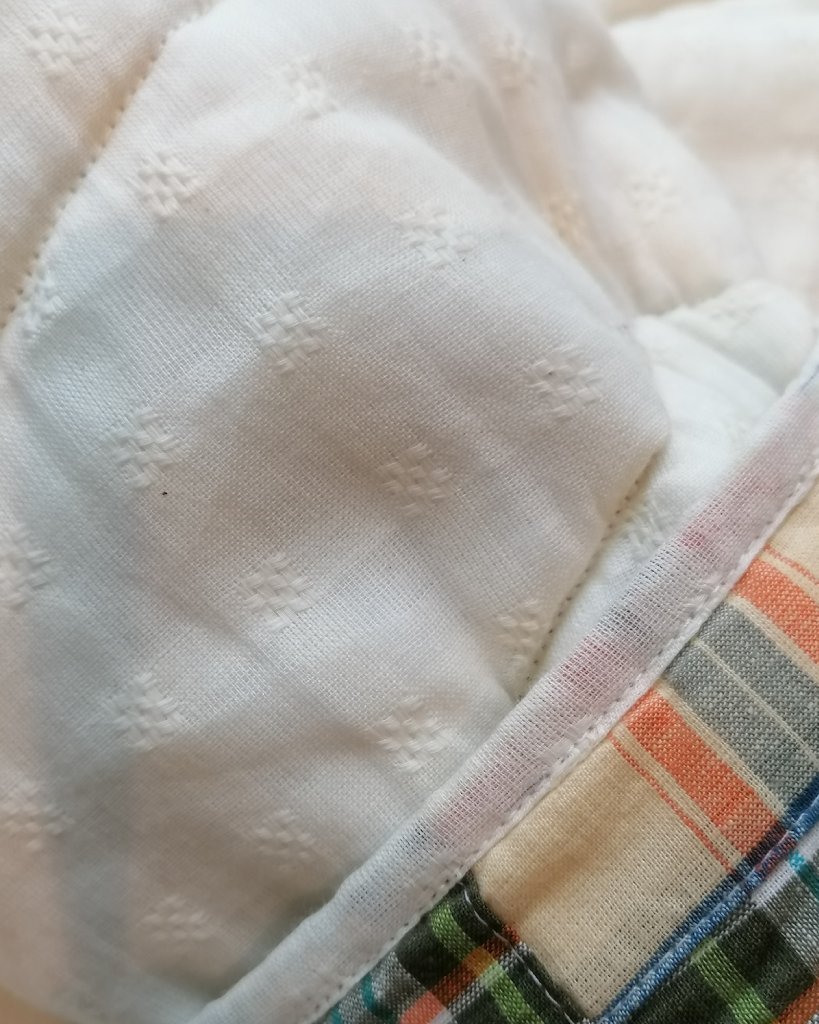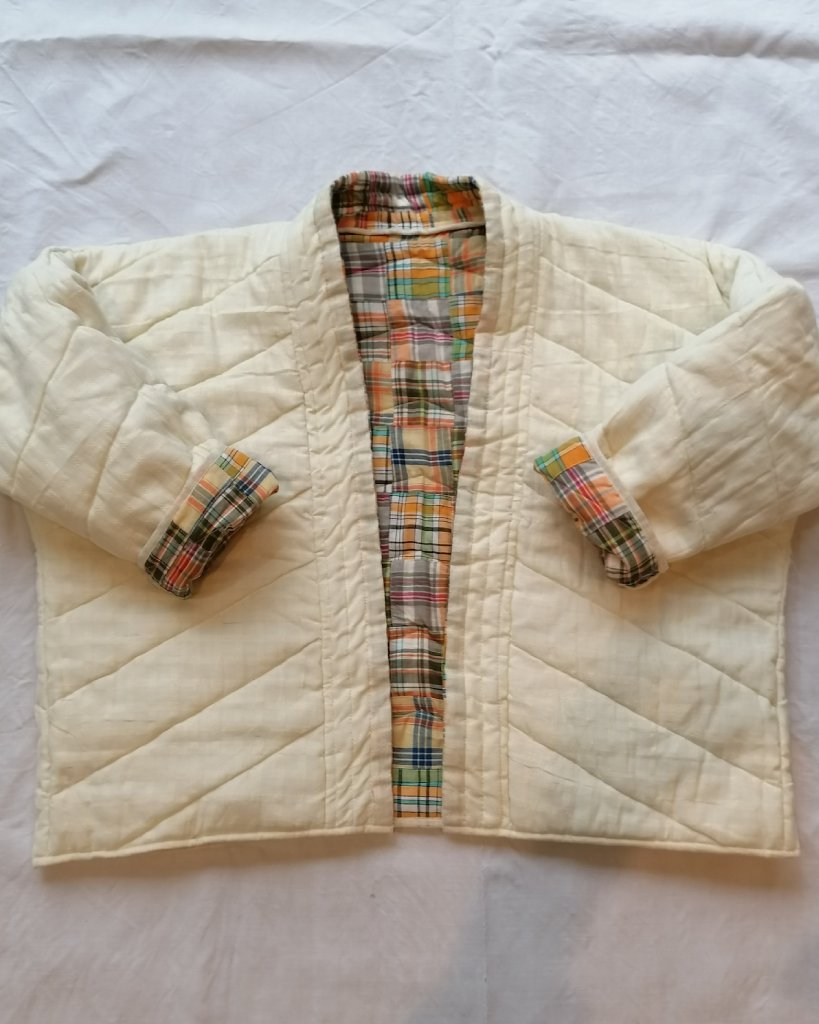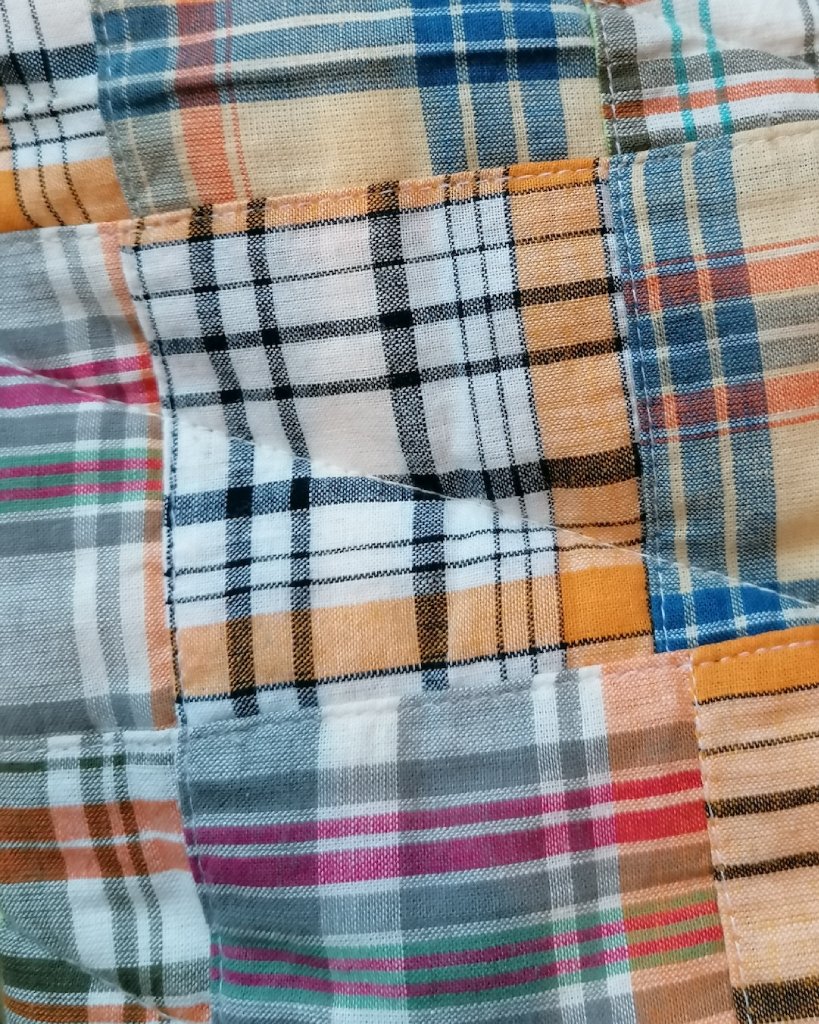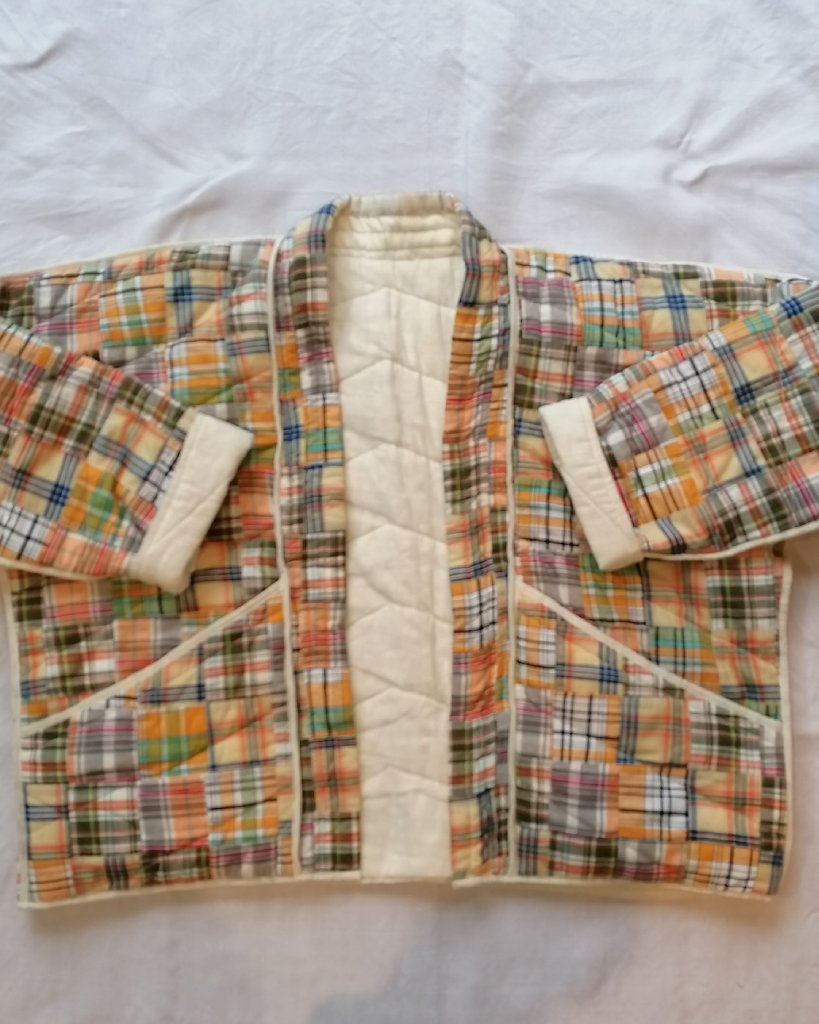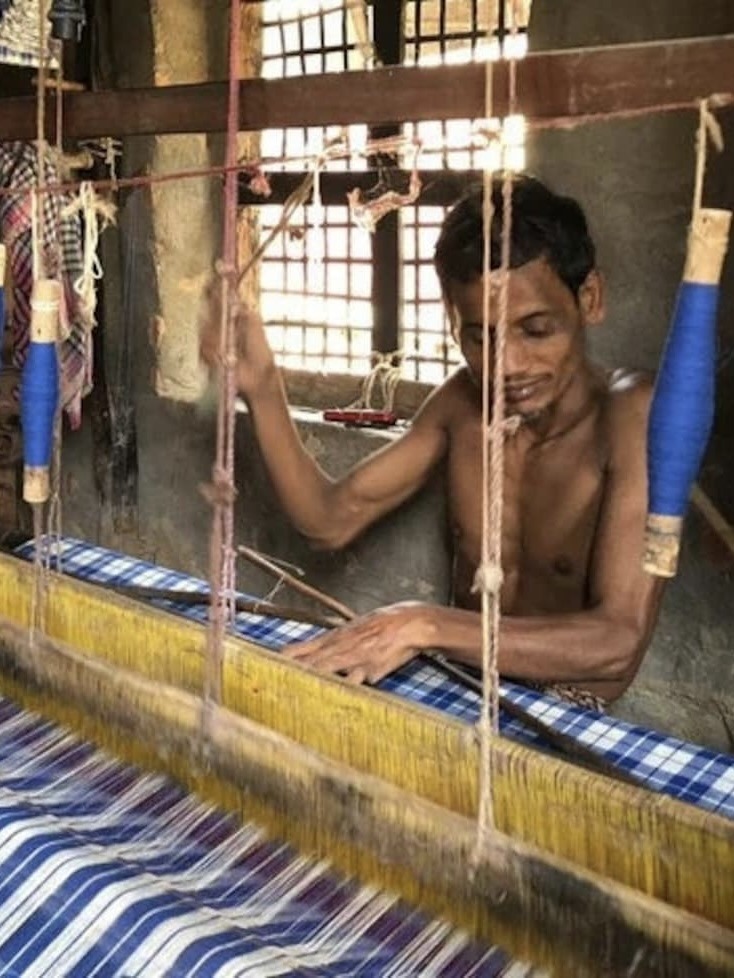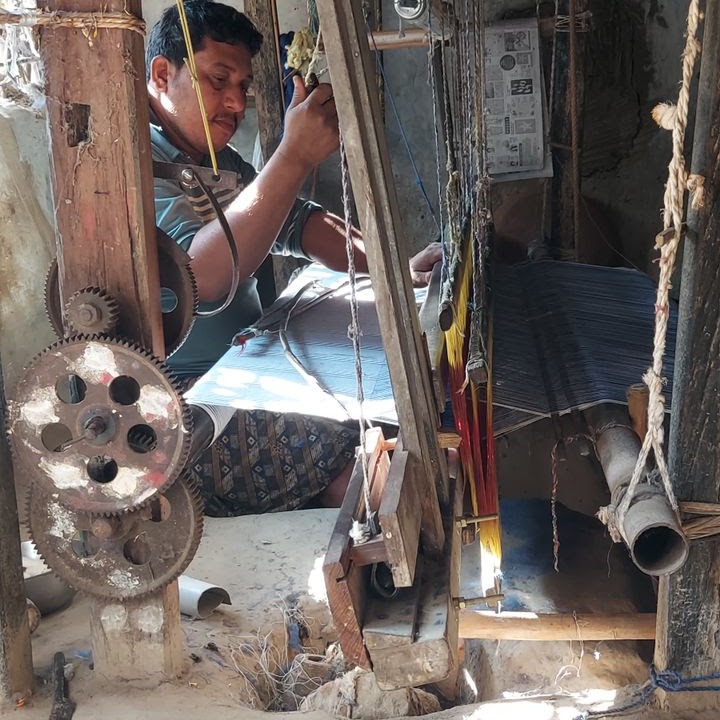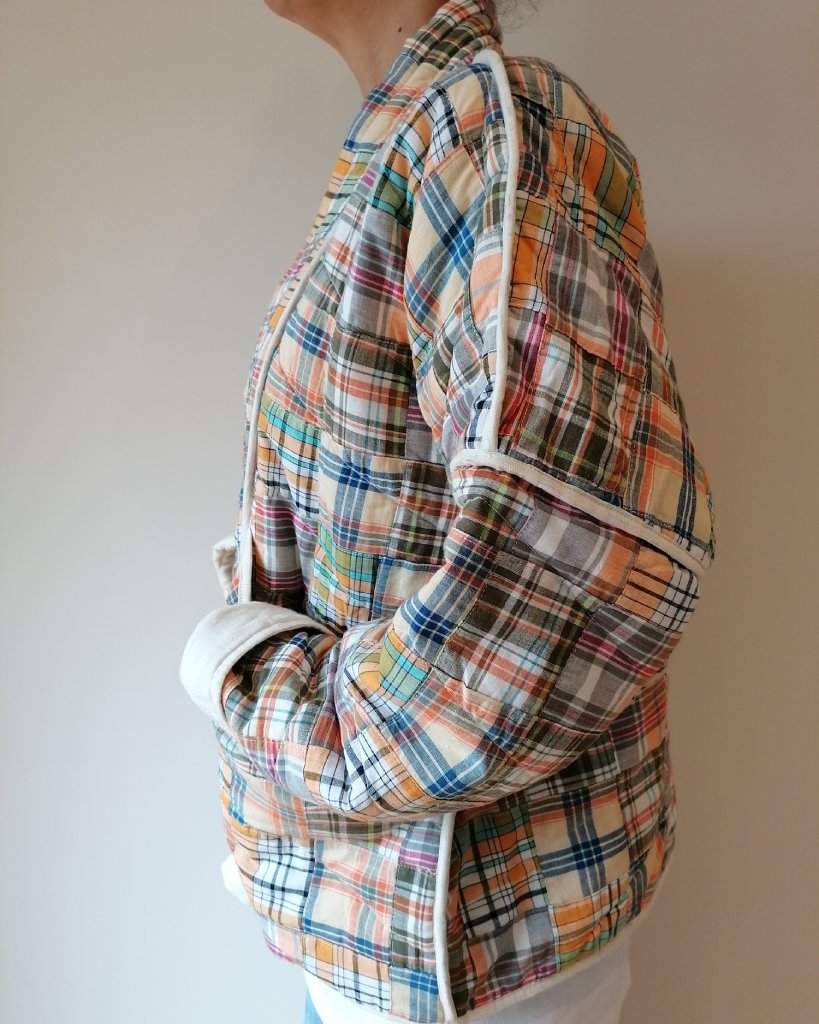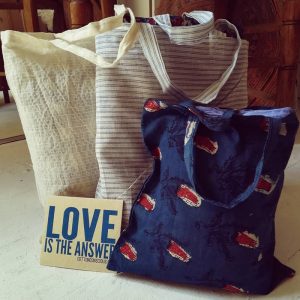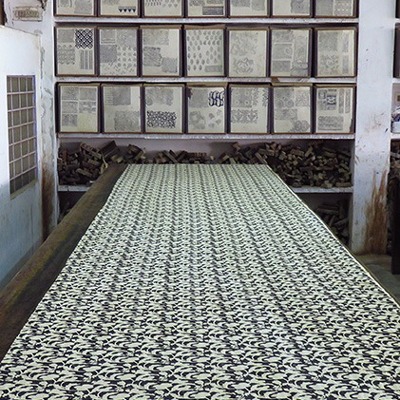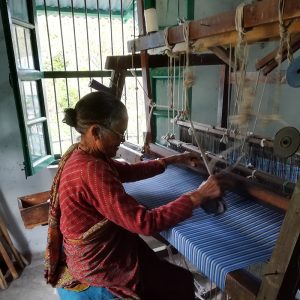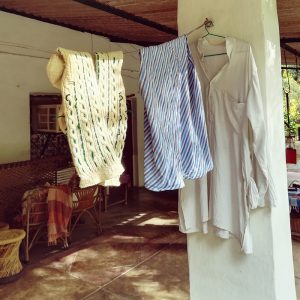A Timeless Craft
Indigo block printing is a centuries-old textile art that continues to captivate artisans and customers alike. Known for its deep blue hues and intricate patterns, this traditional technique is a staple in handmade, sustainable fashion and home decor. Whether you’re a lover of handcrafted textiles or looking to add a touch of heritage to your collection, indigo block-printed fabrics are a must-have.

The Origins of Indigo Dye
Indigo dye originates from the leaves of the Indigofera Tinctoria plant, cultivated in tropical regions for generations. Historically, artisans relied on this natural source to produce the iconic blue pigment. However, in the late 19th century, rising demand led to the creation of synthetic indigo. While synthetic indigo lacks impurities, traditional plant-based indigo remains highly valued for its rich, organic character.
The Indigo Dyeing Process
Indigo dyeing is a meticulous process that requires patience and skill. The dyeing vat—a deep, narrow-mouthed pot sunk into the ground—is maintained like a living organism, requiring continuous nurturing.
Preparing the Indigo Vat
To start a new vat, artisans use a base liquid retained from a previous dye batch. They then add indigo, slaked lime, molasses, and water. Over the next two weeks, the vat is carefully fed and monitored until it reaches the perfect condition for dyeing. After about 20 days, the vat is ready, and the dyeing process begins.
The Art of Block Printing
To create beautiful patterns, sections of fabric are treated with a resist paste that prevents the dye from penetrating specific areas. This resist technique allows artisans to achieve stunning, intricate designs.
How is the resist paste made?
The paste consists of:
- Earth
- Slaked lime
- Wheat-derived gum (a fine powder produced by natural processes)
- Water
This mixture is pressed through cloth to create a smooth, viscous adhesive paste. Once the fabric is block-printed with the resist paste, it is dusted with sawdust to prevent smudging and left to dry in the sun.
The Dyeing Process
Once dry, the printed fabric is dipped into the indigo vat. When removed, the cloth initially appears greenish but transforms into deep blue as it reacts with oxygen in the air. To achieve darker shades, the fabric undergoes multiple dips and air exposures.
For more intricate designs, artisans sometimes apply additional resist printing between dips, creating multi-tonal patterns with varying shades of blue.
Finishing Touches
After achieving the desired depth of blue, the fabric is washed thoroughly to remove the resist paste and any excess dye. The final product is a beautifully hand-printed textile, ready to be crafted into garments, scarves, home furnishings, and more.

Why Choose Indigo Block-Printed Fabrics?
If you’re looking for textiles that are:
✔ Handcrafted – Each piece is unique, reflecting the artisan’s skill and creativity.
✔ Eco-Friendly – Natural indigo dyeing is a sustainable, chemical-free process.
✔ Timeless – Indigo textiles have been cherished for centuries and never go out of style.
✔ Versatile – Perfect for fashion, decor, and accessories.
At Cotton Conscious, we celebrate the art of indigo block printing by offering a stunning collection of handcrafted textiles. Explore our range of block-printed scarves, dresses, cushion covers, and more—each piece tells a story of tradition, craftsmanship, and beauty.
Shop Now and Bring the Art of Indigo Into Your Life!

